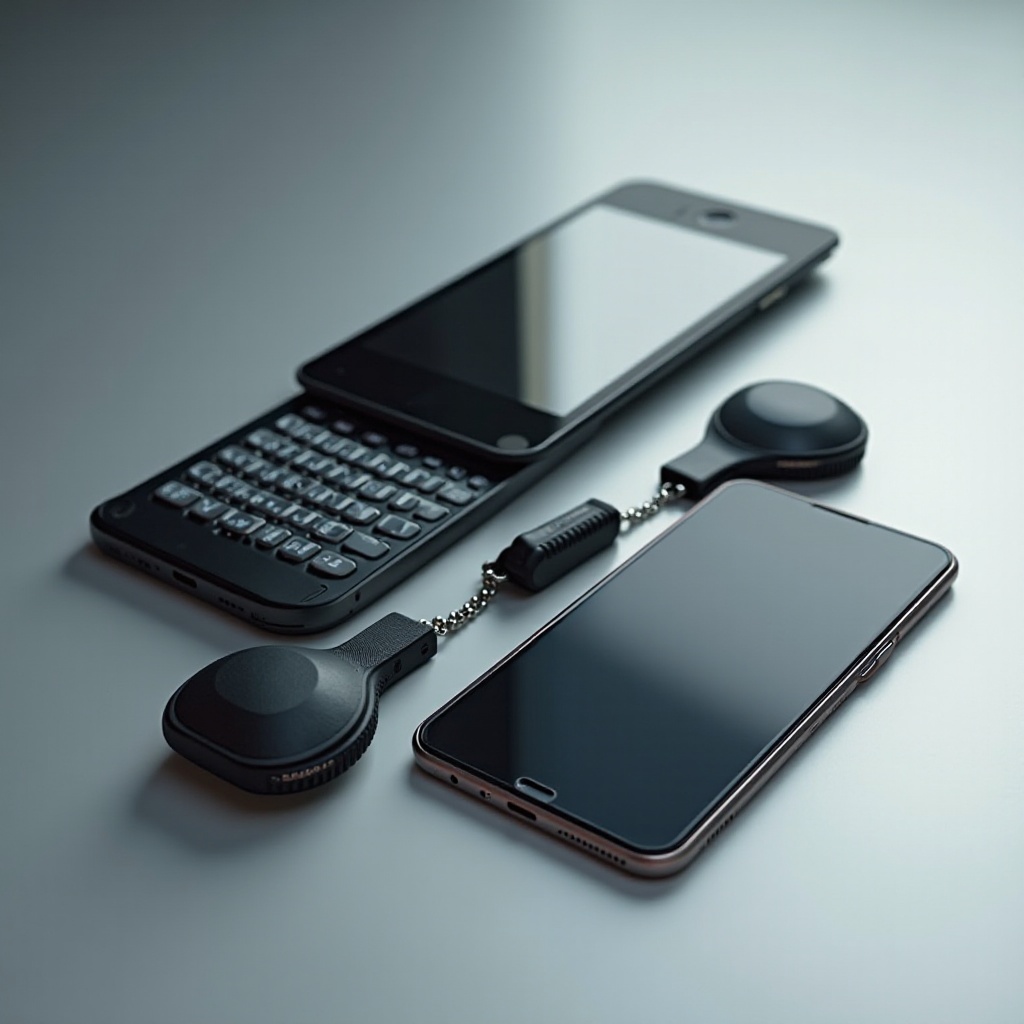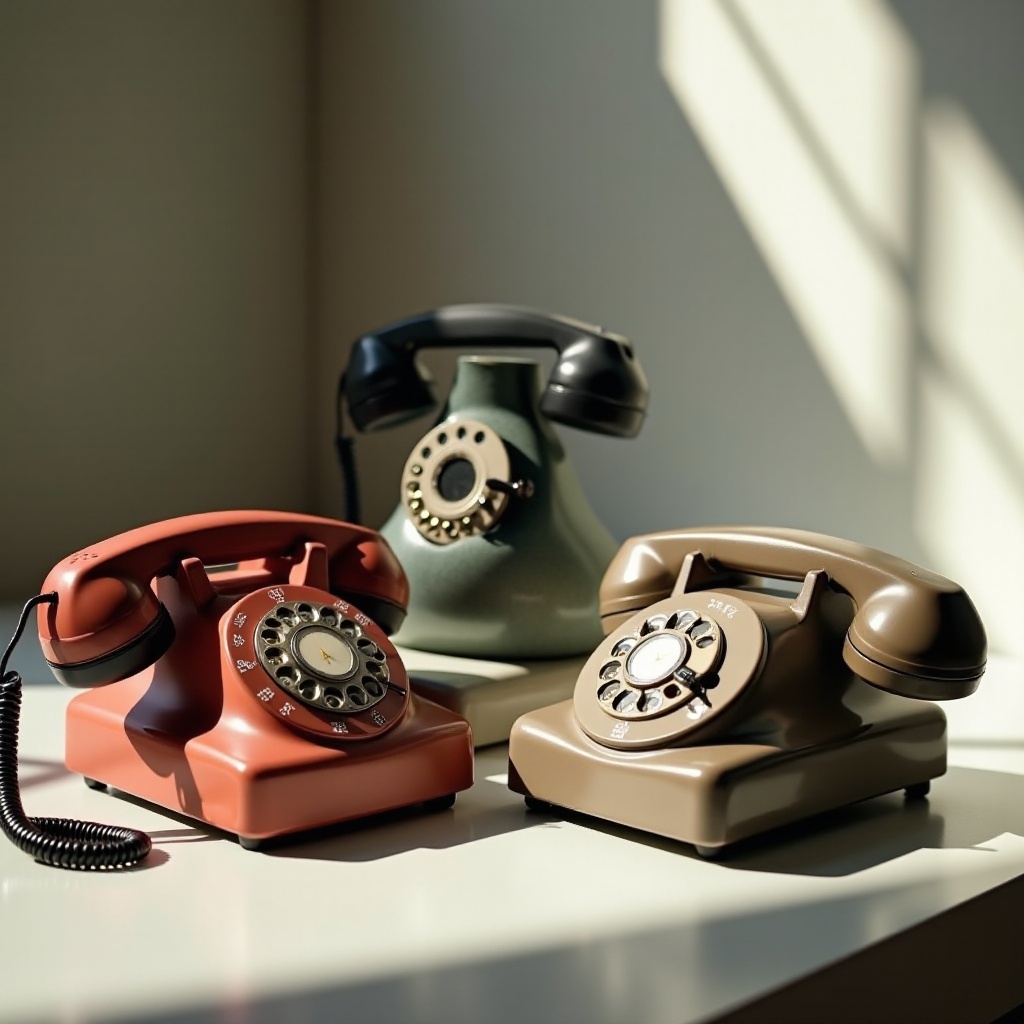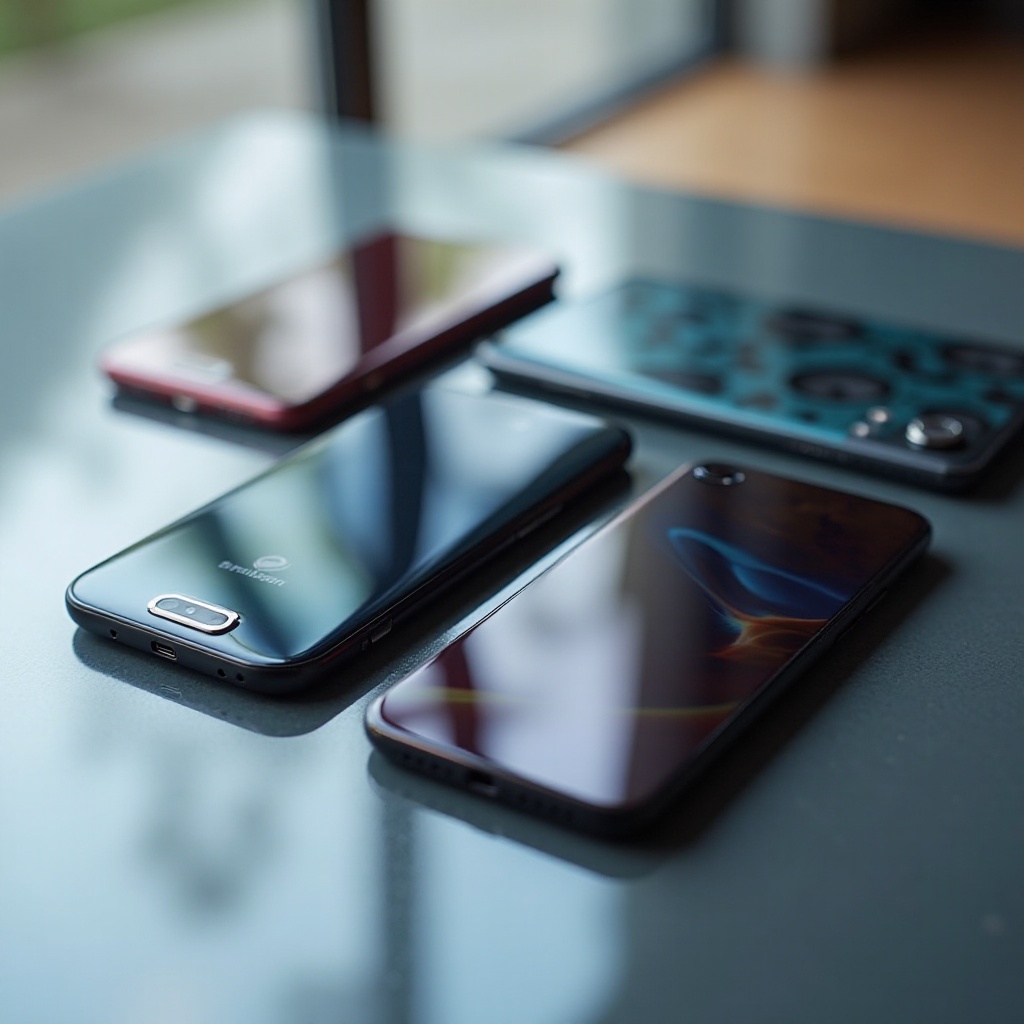Introduction
Smartphones are not just tools for communication; they’re an extension of personal style and identity. Over the years, phone design has dramatically evolved, blending functionality with aesthetics. From the shiny, sleek surfaces to ergonomic shapes, the appearance of a phone can significantly influence a buying decision. This guide explores the best looking phones of all time, highlighting the criteria that make them stand out, and taking a trip down memory lane with timeless classics and modern marvels.

The Criteria for Beauty in Mobile Phones
Determining what makes a phone beautiful involves several factors. Here are the key elements that contribute to a phone's aesthetic appeal:
Ergonomics and Comfort
A phone should feel great in the hand. Ergonomics play a crucial role in its design. Curved edges, weight distribution, and the overall shape contribute to ease of use. Phones that fit comfortably in your hand are more likely to be considered well-designed.
Material and Build Quality
The materials used in making a phone impact its look and feel. Premium materials like glass, metal, and high-quality plastics add to the phone's aesthetic value. They also contribute to the phone’s durability, giving it a premium feel.
Visual Appeal and Innovation
Visual appeal includes the phone's color, finish, and overall design innovation. Unique design elements such as bezel-less screens, edge displays, and innovative form factors can make a phone stand out. The balance between cutting-edge features and stylish looks often defines the best-looking phones.
Understanding these criteria helps appreciate the iconic designs of the past and the innovations of today. Now, let’s look at some timeless classics.
Timeless Classics
Certain phones have left a lasting impression on the market with their iconic designs. These timeless classics have defined and influenced phone aesthetics for years.
Apple iPhone 4: Pioneering Glass and Metal Design
The iPhone 4 set a new standard for smartphone design with its sleek glass front and back, combined with a stainless steel frame. It was a departure from plastic-bodied phones and initiated a trend towards premium materials.
Motorola Razr V3: Iconic Flip Phone Style
The Motorola Razr V3 became a fashion statement with its ultra-thin, metallic design. This flip phone’s sleek and stylish appearance captured the hearts of many and remains a beloved icon of mobile phone design.
Nokia 8800: Luxury and Durability Combined
Nokia's 8800 series was synonymous with luxury. Its use of stainless steel and elegant design elements, along with a slide mechanism, made it one of the most stylish phones of its time.
After appreciating these timeless beauties, let's transition to the recent additions that continue to push the boundaries of design.

Modern Marvels
Modern smartphones have not only improved in functionality but have also embraced sophisticated aesthetics. Here are some of the best-looking phones in recent times.
Samsung Galaxy S6 Edge: Curved Elegance
Samsung introduced the Galaxy S6 Edge, which featured a unique curved display that set it apart. The dual-edge design provided an immersive experience and a futuristic look, changing the way people interacted with their phones.
Google Pixel 4: Minimalist Aesthetic
Google's Pixel 4 is a testament to minimalist design. Its simple, clean lines, matte finish, and distinctive camera array give it a modern and understated look that stands out without being flashy.
OnePlus Nord: Stylish and Affordable
The OnePlus Nord combines affordability with elegance. Its sleek design, with options for vibrant color finishes, and a premium feel for its price range, makes it one of the most attractive phones in the mid-range segment.
While these modern marvels captivate with their elegance, several lesser-known phones deserve recognition for their unique designs.
Underappreciated Beauties
Some phones didn’t get the limelight they deserved but showcased exceptional design qualities. Here are a few underappreciated beauties:
HTC One M7: Unibody Aluminum Mastery
The HTC One M7 was one of the first phones with a full aluminum unibody. Its design was robust, premium, and elegant. Despite not gaining mainstream popularity, it set a high bar for phone craftsmanship.
Sony Xperia Z: Seamless Glass and Metal Fusion
Sony's Xperia Z series featured a seamless glass and metal design. It was sleek, waterproof, and had a durable build, embodying both beauty and functionality.
LG Chocolate KG800: The Fashion Phone
LG's Chocolate KG800 stood out with its unique design and slide-out keypad. Its glossy finish and touch-sensitive navigation keys made it a stylish choice, often considered a fashion phone.
Looking back, these phones show how diverse and innovative designs can be. Next, we explore what the future holds for phone aesthetics.

The Future of Phone Design
The future of phone design promises even more innovation and sustainability. Here's what we can expect:
Foldable and Flexible Displays
Phones with foldable screens are already making headlines. Flexible displays allow for larger screen real estate without increasing the phone’s size, leading to new design possibilities and user experiences.
Sustainable and Eco-Friendly Materials
Environmental consciousness is driving the use of sustainable materials. Recycled plastics, biodegradable components, and ethically sourced materials are becoming crucial in phone design, ensuring that beauty meets responsibility.
Emerging Trends and Upcoming Innovations
Upcoming trends include invisible front cameras, under-display sensors, and innovative materials like ceramic and graphene. These advancements will redefine what phones can look like and how they function.
As we move towards these exciting future trends, it’s clear that phone design will continue to evolve, bringing new aesthetics and innovations to the forefront.
Conclusion
The journey of mobile phone design showcases a blend of functionality and aesthetics that influence consumer choices. From the timeless elegance of the iPhone 4 and Motorola Razr V3 to the modern marvels like the Samsung Galaxy S6 Edge and Google Pixel 4, each phone tells a story of design evolution. Future trends promise even more aesthetic and innovative breakthroughs, ensuring that the legacy of beautiful phone design continues.
Frequently Asked Questions
What makes a phone design timeless?
A phone design becomes timeless when it combines innovative features, premium materials, and a style that remains appealing across different eras. It must balance form and function seamlessly.
How does material choice impact phone aesthetics?
Materials significantly impact a phone's look and feel. Premium materials like glass, metal, and ceramic not only enhance durability but also give the phone a sophisticated appearance. Sustainable materials are gaining popularity for their eco-friendliness.
Which upcoming phone designs should we look out for?
Look out for phones with foldable screens, under-display cameras, and those made from sustainable materials. Concepts like completely bezel-less designs and new material innovations like graphene will lead future trends.

